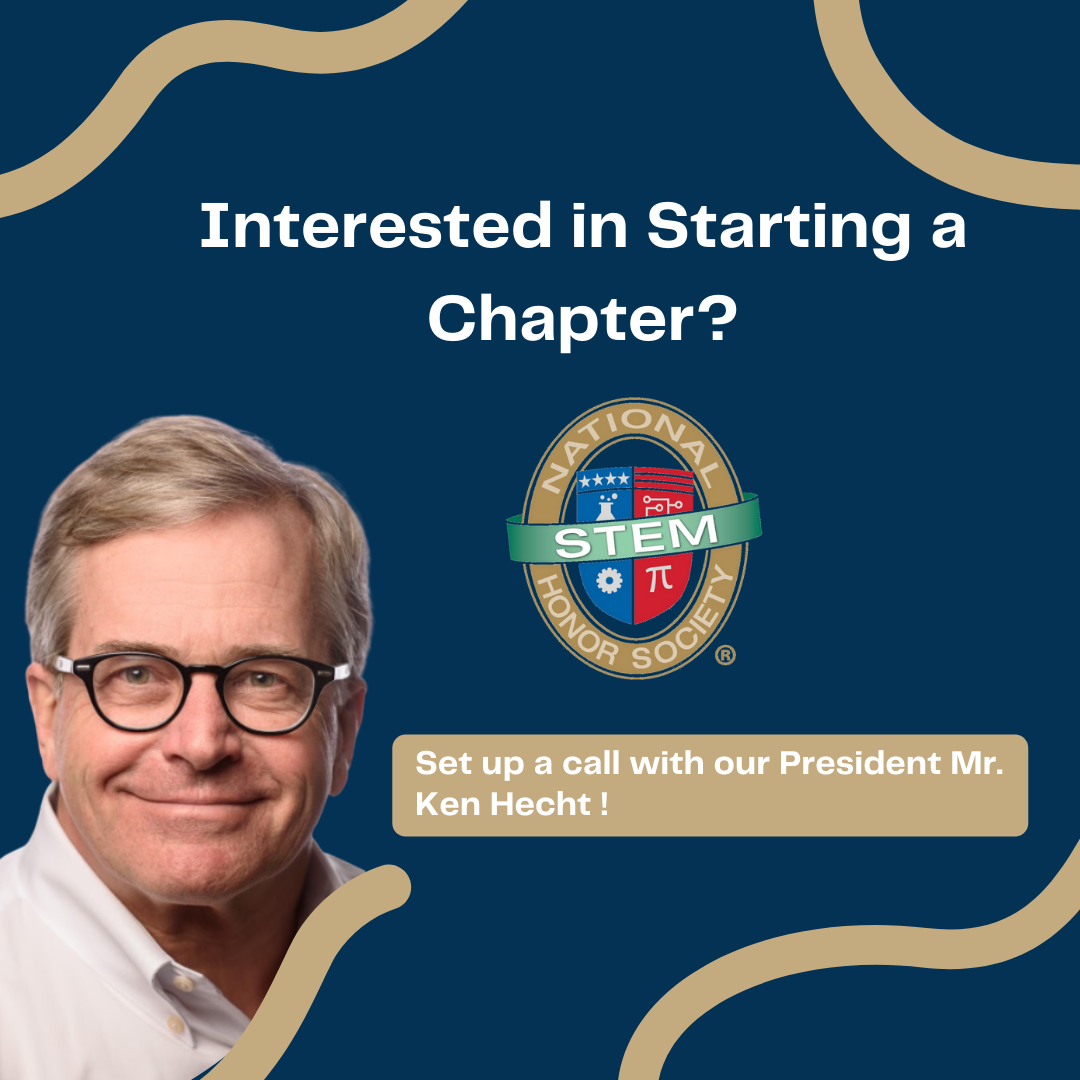Sustainability and environmental protection are heated topics nowadays. Knowing where/when to recycle and reuse the compost is a valuable lesson you can advocate to your students and school as a whole. Here are the top three tips to start today. These resources are inspired by the NSTEM resource library.

1. Composting in a Cup!
Are you looking for the best way to help your students understand the concept and benefit behind composting? Here is a good way you can help your middle schoolers understand the principle behind composting by giving them some hands-on experience. This experiment is simple and easy; you need only ask your students to collect leaves and tree branches around the school or their home and bring them to the classroom. Then, you introduce how composting works by adding water, dirt, and organic materials into a cup and sealing a plastic cover on the top. This way, students will gain a concrete understanding of composting and receive practice on how to do scientific experiments as well. Introduce your students to the “cup” experiment and show them simple ways to protect the planet!
http://www.sciencemadefunkids.net/experiments.cfm?Exp=2
2. Building a Multiple Bin System
As we talk about composting in school, a multi-bin system is crucial for successful and long-lasting compost. Here is the complete guide on how to build your own compost bin system from scratch. Having more bins will allow composting to progress through the movement of materials from bin to the bin as they mature. First, you would need to choose the material for the bins; we usually recommend using wood to ensure good airflow and composting quality. Then, you would need to gather materials for them to enter: lids, sides, and dividers. In the building process, you could set up a workshop for students where you could introduce the purpose of the bin system and help the school finish the final product in no time!
3. Categorize Your Compost Starting Today
Do you need help to best facilitate your student’s understanding of what can be composted and what should be avoided? Here are tips and information you need for Composting 101! For instance, compost can be divided into “brown” and “green” categories. Items for “green” are things like vegetable and fruit scraps, tea leaves/bags, garden waste, etc. Brown items can be dry leaves, straw, dry hay, sawdust, woodchips from untreated wood, etc. There is so much more you can learn from this exercise, such as the layout, ingredient, and air/oxygen composition. Following the guidelines for composting based on scientific research will not only help your school have a healthy and suitable environment but also help your students understand the scientific value of composting.
Composting is one of the natural ways to help us protect our environment and restore natural order. Following those tips would help you and your students understand the science behind the process and help them explore their own path of learning.
by Tom Yuan
Do you want more resources on the topic of composting at your Middle School? NSTEM’s vast resources database provides thousands of STEM resources that are searchable by category, school level and state. This comprehensive library includes info on enrichment activities, curricula, internships, scholarships and more. Check out a free sampling here. Or get an NSTEM membership today to unlock the complete list.
Middle School is where students are transformed, entering as children and emerging as young adults. Project-based learning enrichment helps students connect the dots between STEM and real life, making math and science relevant for them, keeping them engaged and interested. With a meaningful middle school experience, students are far more likely to focus on STEM disciplines in high school and beyond. To start your 6-8, middle school chapter of the National STEM Honor Society, click here.
